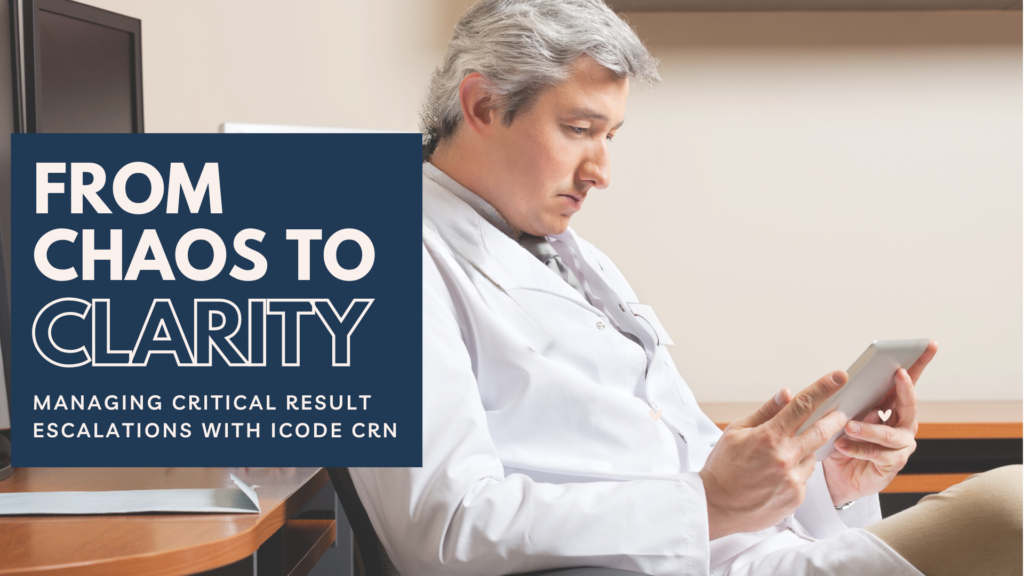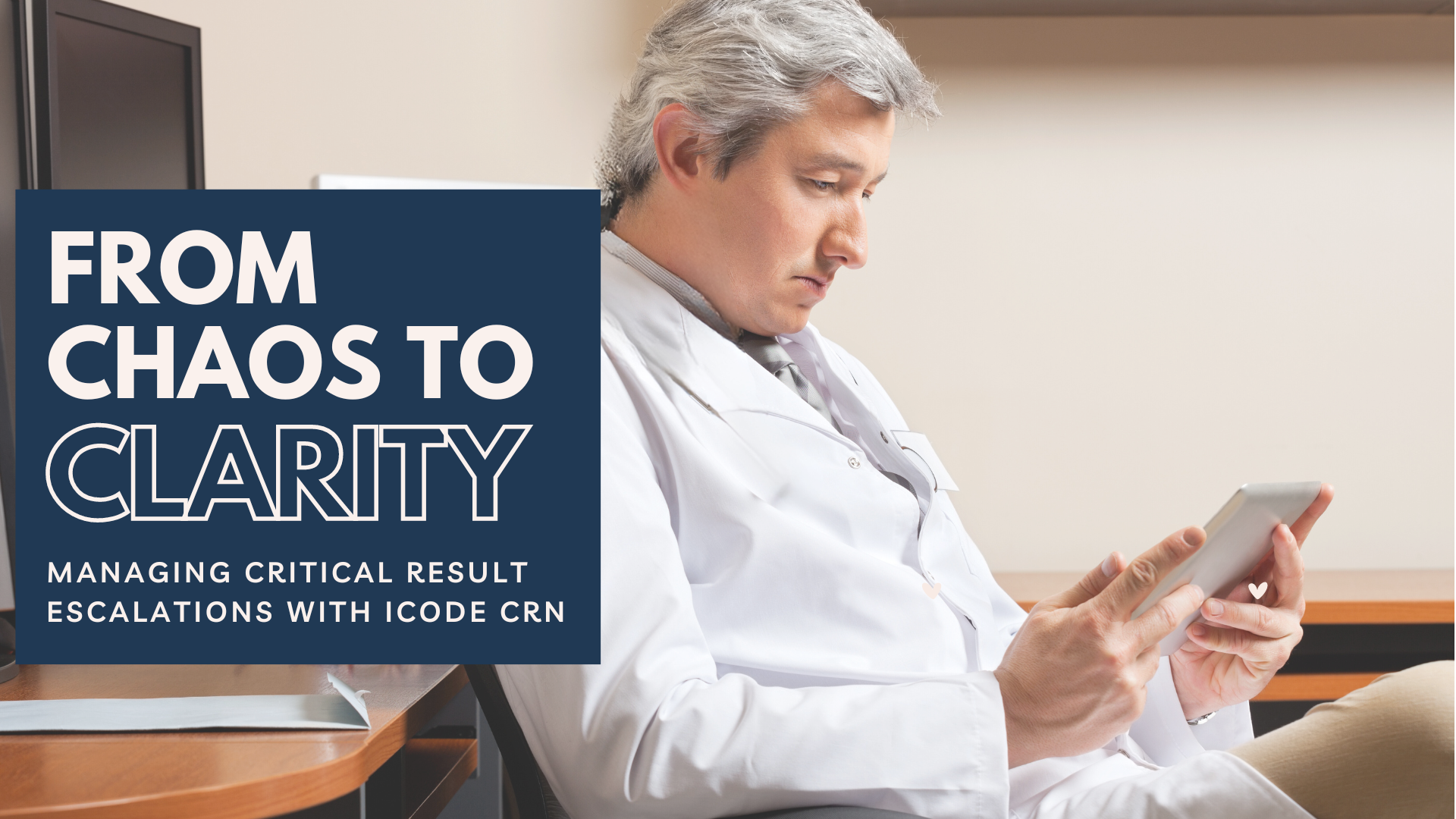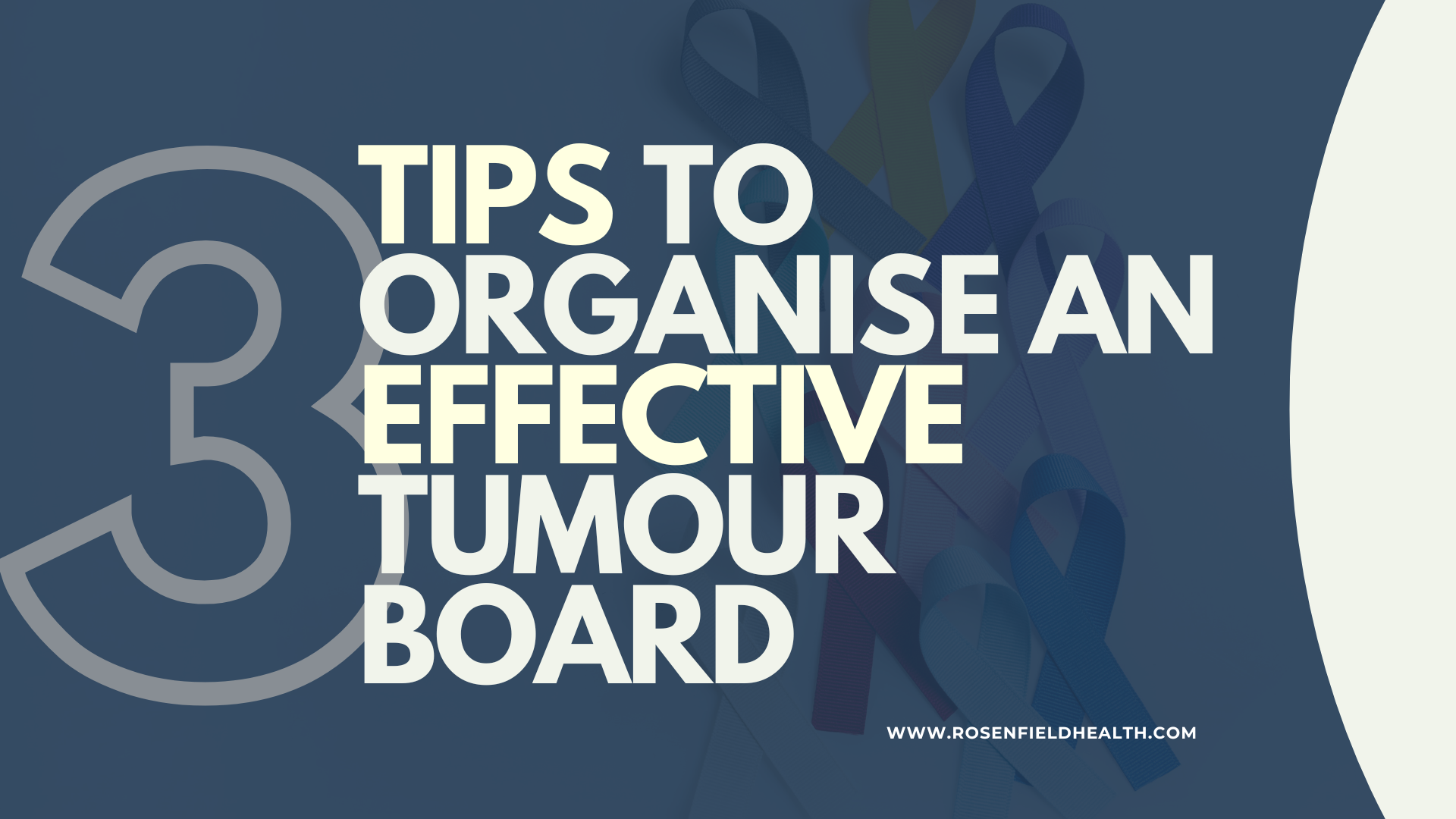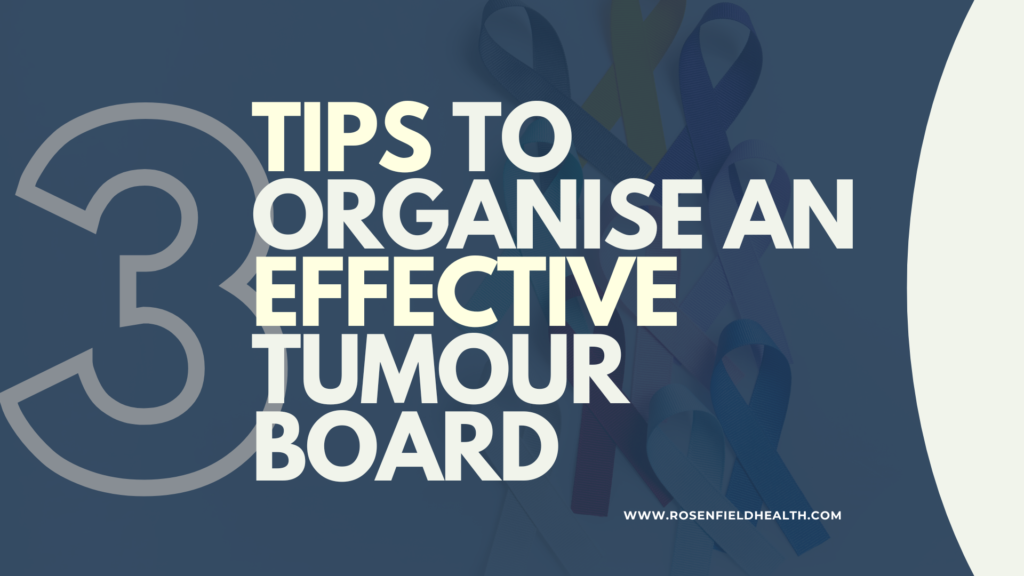Blog

From Chaos to Clarity: Managing Critical Result Escalations with iCode CRN
Introduction: In the high-stakes world of radiology, where seconds matter, the management of critical results can be chaotic. Radiologists and referring physicians find themselves caught in urgent scenarios, striving to ensure patient safety while navigating complex workflows. This is where iCode Critical Results Notification (CRN) steps in—a powerful solution that transforms chaos into streamlined communication and accountability.
The Chaotic Landscape
Imagine this following scenario: A radiologist recognizes a critical finding—a life-threatening condition like a rupture, a stroke, or an urgent abnormality. The time starts to run. The pressure to accurately and swiftly convey this information to the referrers is overwhelming. In the absence of a streamlined system, this process can be prone to errors, delays, and miscommunication, risking patient safety and outcomes. Radiologists suffer from:
- Manual Processes: Radiologists manually make phone calls or send emails to referring physicians.
- Fragmented Systems: Patient data exists in disparate systems—Picture Archiving and Communication Systems (PACS), Radiology Information Systems (RIS), and Electronic Health Records (EHR). Coordinating across these silos can be stressful.
- Accountability Challenges: Who acknowledged the critical result? Was it delivered promptly? Lack of documentation and record keeping can lead to accountability gaps.
Introducing iCode CRN: A Beacon of Clarity
iCode CRN appears as a beacon of clarity in this chaotic landscape. Let’s explore how it revolutionizes critical result management:
- Unified Communication Hub: No more toggling between screens; everything is at the radiologist’s fingertips. iCode CRN integrates seamlessly with existing systems (PACS, RIS, EHR) to obtain patient details, study information, and referring physician contacts.
- Urgent Result Communication: Through push notifications, SMS, HL7 messages, and email, iCode CRN ensures that critical results reach the right referrer promptly. No more lost emails or missed calls.
- Radiologist Accountability: iCode CRN tracks every step. Radiologists receive delivery confirmations, and referrers acknowledge receipt. Accountability becomes transparent.
- Patient Safety First: By automating processes, iCode CRN frees radiologists to focus on clinical interpretation, preventing crucial information from slipping through the cracks.
- Mobile Empowerment: The iCode CRN mobile app allows radiologists to access and acknowledge critical results on the go.
Conclusion: From chaos to clarity—the journey is now guided by iCode CRN. Radiologists wield a powerful tool that not only streamlines workflows but also safeguards lives. As the critical result escalates, so does our commitment to patient safety.




